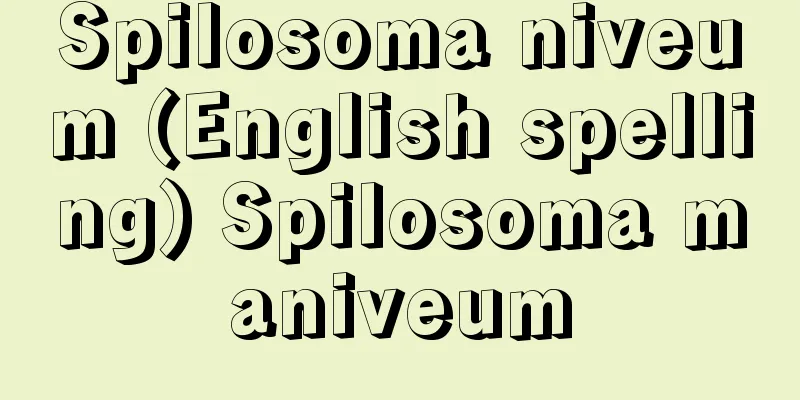Cologne (English spelling)

Cologne in English and French. Located on the left bank of the Rhine in North Rhine-Westphalia, Germany's fourth largest city. It was a Roman military camp in 38 BC, a Roman colony (colonia) in 50 BC, a bishopric in the 4th century, and an archbishopric in the 8th century. Thanks to the political acumen of successive archbishops, it prospered in the 10th to 15th centuries and became one of Germany's largest cities. Occupying a key transportation point on the Rhine, it played an active role as a member of the Hanseatic League, but with the decline of the league in the 16th century, its economic activity stagnated. In 1815 it became part of Prussia, and with the development of railways in the late 19th century it regained prosperity as an industrial city. It was devastated in World War II, but was rebuilt. It is a key transportation point (railroads and roads) and has a thriving commercial and industrial sector. Cologne is the cultural and artistic center of the Rhineland region, with the University of Cologne, the Wallraf-Richartz Museum, known for its collection of Cologne School paintings, and the Roman-Germanic Museum. In addition to traditional wine and textiles, the city's industries include steel, shipbuilding, vehicles, and chemicals (petroleum, pharmaceuticals, rubber, etc.), and its lotion, eau de cologne (meaning Cologne water), is world-famous. The city's Cologne Cathedral is considered a representative example of the Gothic style and was completed in 1880 after more than 600 years of construction. Population: 998,105 (2010). Cologne |
英語,フランス語では Cologne。ドイツ西部,ノルトラインウェストファーレン州,ライン川左岸にあるドイツ第4の都市。前 38年ローマの軍営地,50年ローマの植民地 (コロニア) となり,4世紀に司教座がおかれ,8世紀には大司教座がおかれた。以後歴代大司教の政治的才腕が発揮されて,10~15世紀に繁栄をみ,ドイツ最大の都市の一つとなった。ラインの交通要地を占め,ハンザ同盟の一員として活躍したが,16世紀同盟の衰退とともに経済活動も沈滞。 1815年プロシア領となり,19世紀後半の鉄道の発達に支えられ,工業都市として再び繁栄を取戻した。第2次世界大戦で壊滅的打撃を受けたが,復興。交通 (鉄道,道路) の要地で,商工業が盛ん。ケルン大学,ケルン派絵画の収集で知られるワルラフ=リヒアルツ美術館,ローマ・ゲルマン博物館などがあり,ラインラント地方の文化,芸術の中心地である。工業には伝統的なワイン,織物のほか,鉄鋼,造船,車両,化学 (石油,薬品,ゴムなど) などがあり,化粧水オーデコロン (ケルン水の意) は世界的に有名。市内のケルン大聖堂はゴシック様式の代表とされており,六百余年の歳月をかけて 1880年に完成したもの。人口 99万8105(2010)。
ケルン
|
Recommend
Haines
A town in southeastern Alaska, USA. It is located ...
Social worker
A social worker is a specialist who has received a...
Ikeda Incident - Ikeda Incident
In 1640 (Kan'ei 17), a family dispute occurre...
Tatum, EL (English spelling) TatumEL
…However, as early as 1908, AEGarrod suggested th...
Yamada [city] - Yamada
An old city in central Fukuoka Prefecture. It was ...
Commander-in-Chief of the Indian Army
…The Governor-General was the highest official in...
Representative system - representation
A form of government in which the people elect re...
Iris Konfusa - Iris Konfusa
...Variegated leaves are rare. Beautiful hybrids ...
Umazoroe - Horse parade
The gathering of soldiers and horses, and the ins...
Hair inspection - Arigekemi
〘 noun 〙 An inspection method institutionalized in...
Zootechnical science
It is one of the applied sciences that was system...
Cartouche (English spelling)
A decorative design in arts and architecture in wh...
Pasiphae (legend)
…son of Zeus and Europa. With his wife Pasiphae, ...
doctor philosophandi (English spelling)
...The first was the formation of modern German u...
Borough (English spelling)
A privileged city in England, or a city eligible t...



![Divisionism (English spelling) divisionnisme [French]](/upload/images/67cc41347ef4b.webp)





